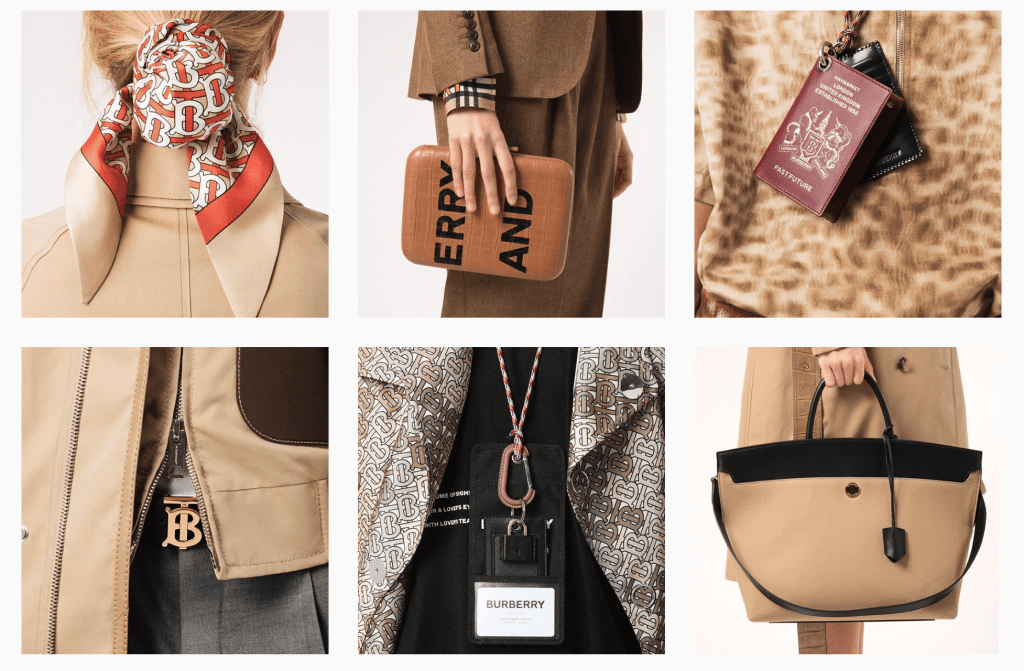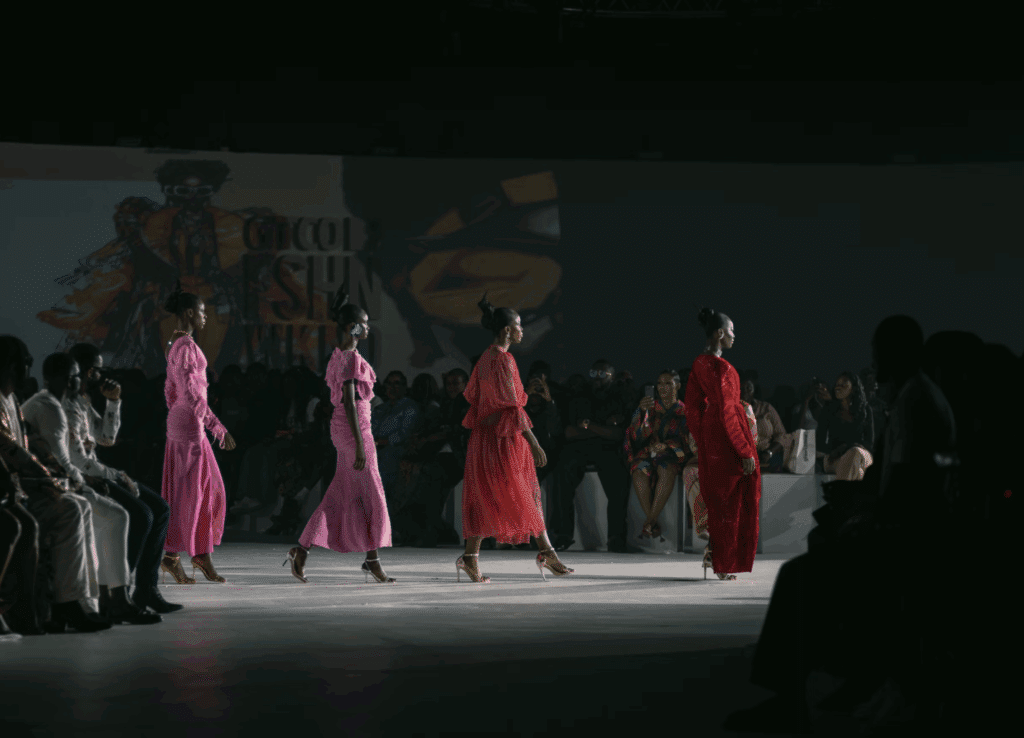A single line in Burberry’s 196-page 2017/18 annual report blew up in its face. Nestled amongst recitations about its performance (“Bags continued to lead growth in 2017, while shoes and jewelry gained momentum. Apparel underperformed overall sector growth, but within this, luxury streetwear outperformed.”), capital allocation framework, and digital strategy was the following, “The cost of finished goods physically destroyed in the year was £28.6m [$37.8 million] (2017: £26.9m [$35.6 million]), including £10.4m [$13.76 million] of destruction for Beauty inventory.”
The media, as well as a number of key Burberry shareholders, took issue with the British brand’s practice of destroying otherwise sellable products, a common practice among high fashion companies. As the WSJ’s Matthew Dalton wrote last month, “Goods that end up in outlet stores or in the gray market, priced at a steep discount, contradict the industry’s main sales pitch: that luxury goods command higher prices because they are inherently more valuable.” The alternative is quiet destruction.
The fury that ensued prompted the brand to announce – several weeks later – that it “is stopping the practice of destroying unsaleable products with immediate effect.” The announcement, which came just days before new creative director Riccardo Tisci’s debut for the brand, was praised widely by the fashion industry and those in its periphery.
What was not made clear, however, was what – exactly – Burberry, in light of its new vow, will do with this unsold merchandise going forward, aside from ideally implementing more accurate forecasting for its production of garments and accessories, and better managing its inventories.
We suggested just last week that given the growing demand for pre-owned and off-price luxury and The RealReal’s movement to incorporate liquidation tactics into its model that brands, such as Burberry, may consider looking to off-load excess inventories there. Given that many brands and retailers have already been working with liquidators, such as T.J. Maxx and more recently, The RealReal, this could prove an effective mechanism to avoid at least some product destruction.
Beyond that, though, Burberry’s report provides at least one clue as to what it might do going forward. The company notes that in terms of the “significant waste stream [of leather] that comes from the luxury fashion industry … even when product patterns are very carefully planned to maximize the use of a hide,” most of the “large amount of small offcuts are usually destroyed.” As of last year, however, Burberry started donating its leather offcuts to Elvis & Kresse, a sustainable luxury company that creates lifestyle accessories by re-engineering waste material through innovative craftsmanship.
According to the report, this “supports a broader, five-year partnership between the Burberry Foundation and Elvis & Kresse, which aims to transform at least 120 tons of Burberry leather offcuts into a range of new products, designed and sold by Elvis & Kresse, and by doing so affect real change in the leather goods industry.”
As of now, that partnership consists exclusively of Burberry handing off its scrap materials, but could morph into a larger-scale project in which Burberry could deconstruct products that it would otherwise burn and hand them off to Elvis & Kresse. Such a move would enable Burberry to avoid the risk of tarnishing its name and goodwill should trademark-bearing products hit the gray market, while also shunning the equally risky move to destruction.














